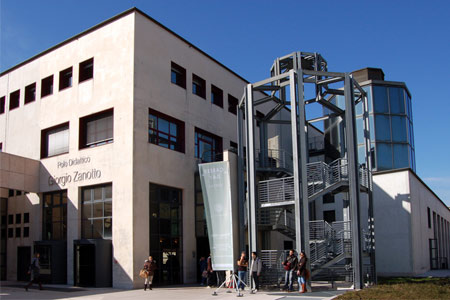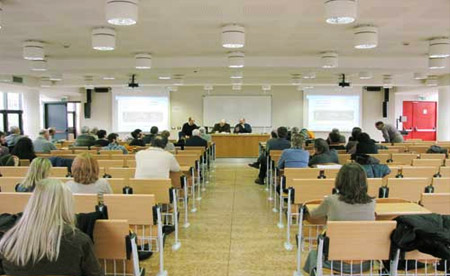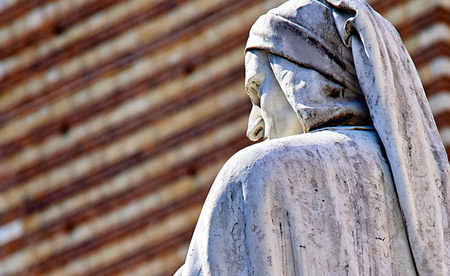Course Content: Throghout the course, the production of Tiziano’s workshop and circle will be presented and analyzed, according to different perspectives of approach, aiming at activating mechanisms of personal reading.
Teaching methods: Slides at lectures and possibly museum visits. Learning material is posted on e-learning. The lessons will have a very seminar character, with questions and classroomdiscussions.
Bibliography: G. Tagliaferro, La bottega di Tiziano: un percorso critico, in “Studi tizianeschi”, IV, 2006, pp.16-52; E.M. Dal Pozzolo, “La bottega” di Tiziano: sistema solare e buco nero, in “Studi tizianeschi”, IV, 2006, pp. 53-98; L. Borean, Collecting in Sixteenth- and Seventeenth- Century Venice: Originals, Copies and “Maniera di”, in Titian Tintoretto Veronese. Rivals in Renaissance Venice, edited by F. Ilchman, Boston 2009, pp. 61-72; E. D’Incà, G. Matino, Regesto per Francesco Vecellio, in “Studi tizianeschi”, VII, 2011, pp. 20-46; G. Matino, Francesco Vecellio tra pittura e fanteria: indizi per una nascita, in “Studi tizianeschi”, VII, 2011, pp. 47-61; G. Tagliaferro, Regesto per Orazio Vecellio, in “Studi tizianeschi”, VIII, 2012, pp. 68-98; J. Grabski, The Contribution of Collaborators in Titian's Late Works, in “Artibus et Historiae”, XXXIV, 2013, 67, pp. 285-310 (NB: these essays can be downloaded from Academia.edu and/or data base in univr.it). It is also necessary to integrate this reading with the image materials uploaded by the teacher with elearning. It is also highly recommended to read the book Le botteghe di Tiziano, with texts by G. Tagliaferro, B. Aikema, M. Mancini and A.J. Martin, Florence 2009. The study of this volume is mandatory for non-attending students (NB: the Centro Studi Tiziano e Cadore – Pieve di Cadore - makes the volume available at a special price for interested students: if necessary, contact the teacher).
Examination: oral. It is recommended to read the texts in the program and to study the contents and all the images shown, for which you will be asked: author, subject, technique, location, date and possibly other critica spects. It is required the preparation of a professional entry relating to a painting of the artist.







